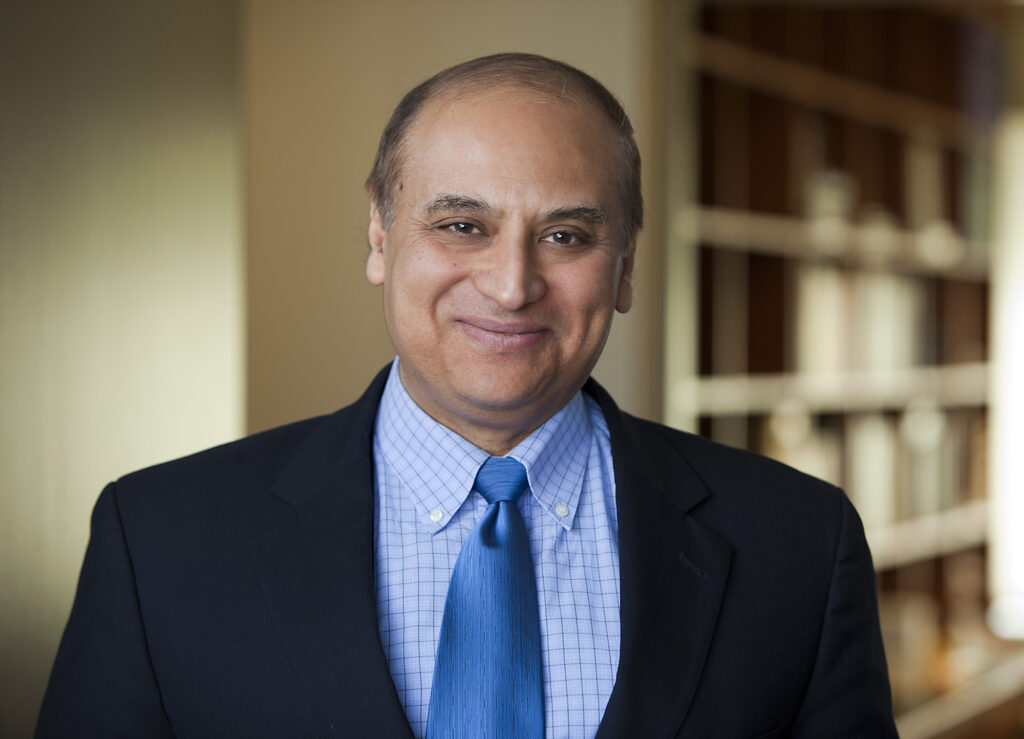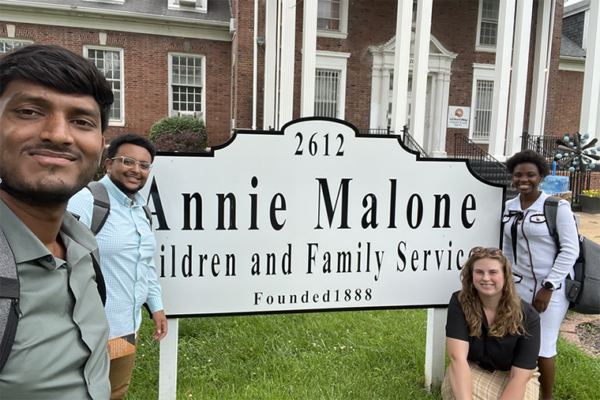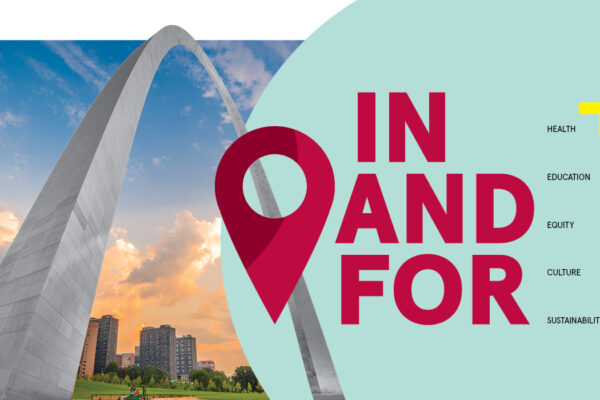In a recent article published in the Journal of Applied Corporate Finance, Anjan Thakor, the John E. Simon Professor of Finance at Olin Business School at Washington University in St. Louis, explains how having a strong culture and a sense of higher purpose influences banking performance and discusses a framework to diagnose an organization’s current culture and identify its preferred corporate culture.
Thakor, who also directs the Wells Fargo Advisors Center for Finance and Accounting Research at Olin, has researched and written extensively about the importance of corporate culture and higher purpose in banking over the years. But the idea that culture drives bank risk-taking and performance didn’t become mainstream until after the 2007-09 global financial crisis, Thakor said.

“After the 2007-2009 financial crisis, many bank regulators — most notably Bill Dudley, president of the New York Federal Reserve Bank — were interested in the possible role that bank culture played in the decisions that banks made that may have contributed to elevated systemic risk in the economy and contributed to the crisis,” Thakor said.
“I participated in many of the post-crisis conferences on this topic that were organized by the New York Fed and others. I have also been researching this topic, and talking to bank executives and directors about bank culture and its interaction with the bank’s purpose and strategy for the past decade or so, and particularly emphasizing the positive role of bank capital in this interaction.”
Today, most leaders would agree that culture — the shared values, beliefs, norms and knowledge that influence employee decision-making — is important to the organization’s bottom line. Strategy cannot be effective unless culture supports it, Thakor said.
Despite agreement on its importance, though, culture remains a somewhat nebulous concept. And because of this, diagnosing the organization’s culture and making a proactive effort to change it is a real challenge for leaders, Thakor said.
According to Thakor, the Competing Values Framework provides a research-validated practical tool for making culture a visually tangible concept and for diagnosing and changing culture. Using this framework, organizations can view their activities and priorities within four categories: collaborate, control, compete and create. Understanding the organization’s culture can help leaders identify which strategies will be most effective. It also can identify if the current culture does not align with the organization’s strategies, he explained.
How bank cultures changed post-financial crisis
The culture among U.S. banks has changed significantly in the 15 years following the 2007-09 global banking crisis. As a result. Thakor said banks are better prepared to prevent a similar crisis from happening again.
“The change in culture is in part due to the voluntary actions of the banks themselves in reinvigorating their cultures, especially around risk management and mitigation and capital structure, but also due to new regulations — like Basel III and Dodd-Frank — that emerged after the crisis,” Thakor said.
“One can never say that there will not be another major crisis, and the next crisis will likely look very different from the last one in that it may well be related to some unprecedented event like a pandemic or a crypto meltdown.
‘U.S. banks are much better capitalized today than they were before 2007. … Stress tests for the large banks also keep regulators more informed about the risk positions of these major institutions and their ability to withstand shocks.’
Anjan Thakor
“But it is true that U.S. banks are much better capitalized today than they were before 2007. Their risk absorption capacity, as well as their market valuations, are much better today. Moreover, stress tests for the large banks also keep regulators more informed about the risk positions of these major institutions and their ability to withstand shocks,” Thakor added.
Another change that many banks have embraced over the last 15 years is adopting an authentic higher purpose, which means focusing on making contributions to the welfare of others — customers, employees and the communities in which these organizations operate — that transcend the usual business goals but guide business decisions. It means running the business in a way that not only seeks to achieve business goals, but also focuses on making others better off, rather than solely on increasing one’s own wealth or prestige, often at others’ expense. According to Thakor, there is evidence that by acting to serve the greater good, employee motivation and trust in leadership improves. Ultimately, that positively affects the bank’s bottom line.
“Many banks have recognized the importance of articulating a purpose, and so it is not uncommon to find purpose statements in the annual reports of many banks,” Thakor said. “What is difficult to know from the outside is how authentic a given purpose statement is in the sense that it actually acts as an arbiter of business decisions. Is it authentic or just a poster on a wall or a few lines on a website for good PR?”
Thakor said Bank of Bird-in-Hand in Pennsylvania, with a customer- and community-focused purpose, and many financial institutions within the Farm Credit System are good examples of banks whose purpose statements are transparent and appear to guide decisions. However, Thakor said too few leaders truly embrace the power of authentic purpose in motivating employees.
“It ends up being a self-fulfilling prophecy: The leaders cannot envision a purpose-inspired workforce, so the stated purpose does not act as an arbiter of their decisions; employees see that, so they do not view it as real, and it does not affect their motivation or decisions, which the leaders observe. And that validates the leaders’ initial supposition that their employees cannot be motivated to be purpose-driven,” Thakor explained.
“I would say more leaders fall in this group than in the group of those who truly believe in the power of purpose, so we still have long way to go in transitioning from organizations with purely transactional cultures to those characterized by purpose-driven, relationship-oriented cultures. But I am optimistic.”


